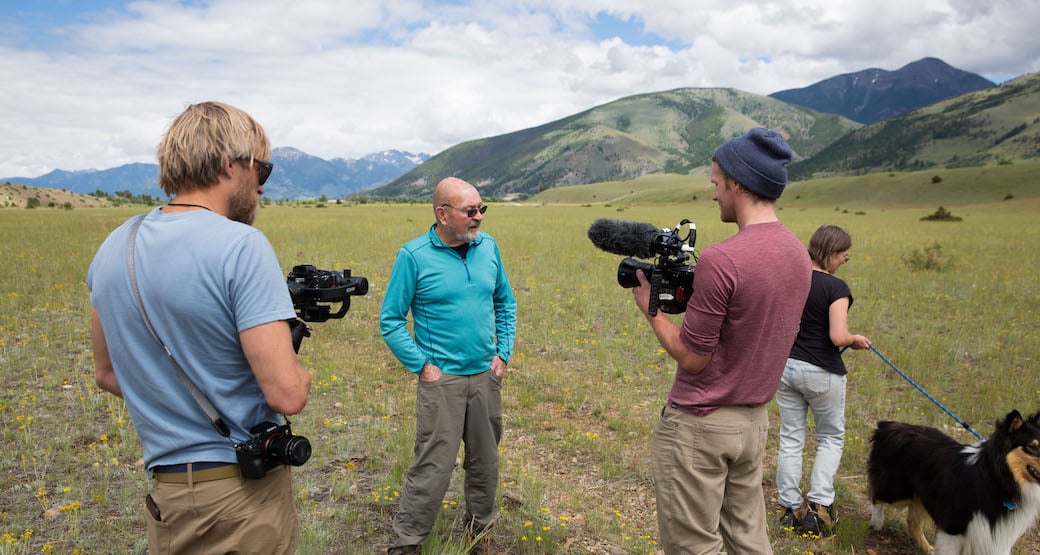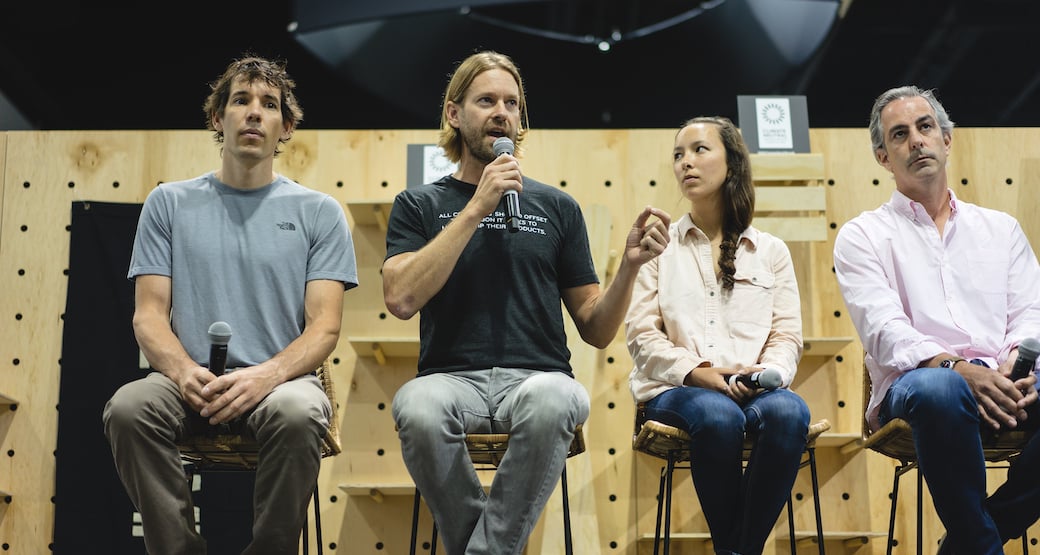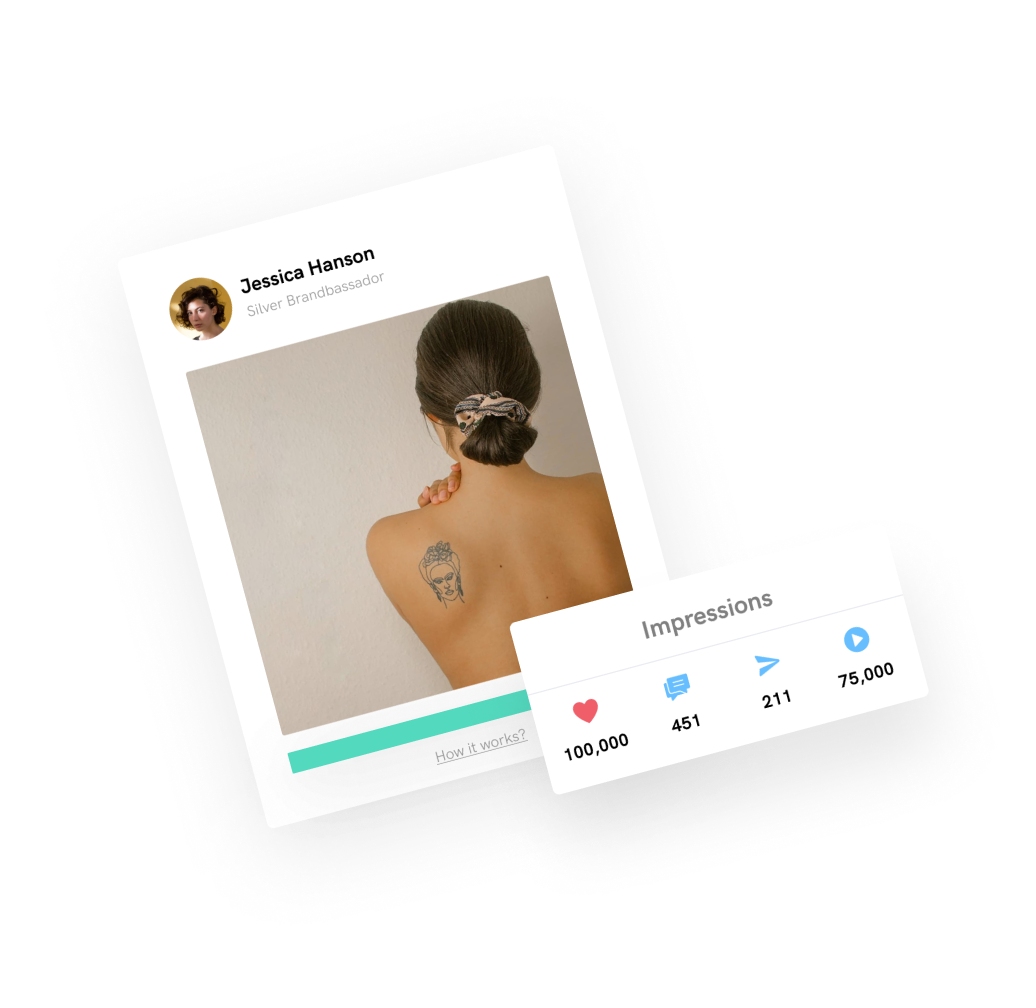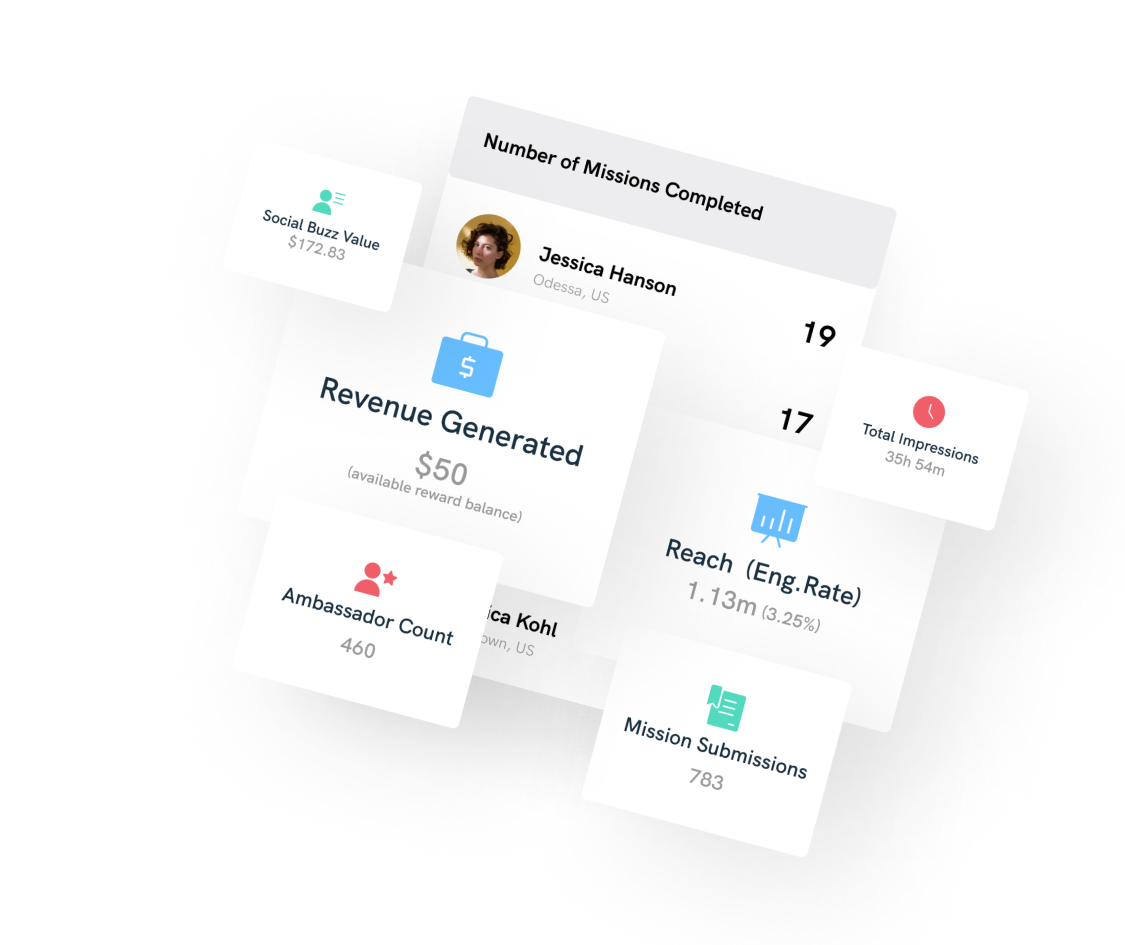We recently caught up with the lovely Annie Nyborg, who is the Sustainability Director at Peak Design. Along with being members of 1% for the Planet, Climate Neutral and The Conservation Alliance, Peak Design are in the process of working with their factories in Vietnam to also become Fair Trade certified. However, it’s being B Corp certified that Annie describes as “one of the highest achievements in responsible business”.
Learn how brand ambassadors can help grow your B-Corp with our free whitepaper: Why Consumers Love B Corps & Ambassador Marketing
She defines this certification as the umbrella for all ethical business certifications, and that’s why we caught up with Annie in B Corp month to ask her about the process of getting the certification, how their community impacted their score, and how businesses can utilise marketing to get brand ambassadors to back their missions for a better planet.
Q&A With Peak Design
1. Tell us a little bit about Peak Design, as well as the core values of the company?
Since 2010, Peak Design has been building innovative carry solutions with a simple overarching design directive: make the best things. The idea for our first product was born on a motorcycle trip through Southeast Asia and has since expanded to include a cross-functional ecosystem of bags, pouches, slings, straps, and clips.
We’ve won applause along the way, but we’re most proud of the fact that we’re 100% crowdfunded and 100% employee-owned. We’ve raised $34.4 million through 10 Kickstarter campaigns to become the world’s most successfully crowdfunded company. This allows Peak Design to stay investor-free and focused on the things that matter most: designing great products, fostering happy employees, and taking care of our customers and the natural environment.
Providing a work environment that fosters happy employees is our main goal and we developed our mission statement to help us achieve that. Our mission statement is as follows:
- Make the best things
- Succeed at the expense of nobody
- Treat our customers as peers
- Offset our environmental impact
- Use our voice to inspire positive change
- Prioritise happiness over growth
2. Peak Design is B Corp certified. Could you explain what this means for those who aren’t familiar with B Corps?
Becoming a Certified B Corporation is one of the highest achievements in responsible business. It means that we are legally required to consider the impact of our decisions on our workers, customers, suppliers, community, and the environment. To certify as a B Corp, a company must achieve a minimum verified score of 80 points on the B Impact Assessment.
The B Impact Assessment asks questions about how the day-to-day operations of a company creates a positive impact for the company’s workers, community, and environment. The questions in the B Impact Assessment are organised into five Impact Areas: Governance, Workers, Community, Environment, and Customers.
3. Since Peak Design was founded by a Kickstarter campaign, do you feel that maintaining a sense of community is important not only to PD but to most businesses?
To grow a resilient and sustainable business, maintaining a sense of community is absolutely important. You could certainly grow a company without fostering community, but it makes for an unstable foundation upon which to build your business. In addition to providing a sturdy foundation, community is what contributes to a company’s soul.
4. Do you think having that sense of community helped improve Peak Design’s B Corp score?
The B Corp assessment measures a company’s performance across 5 impact areas and Community is one of those areas. Not only have our community efforts helped improve Peak Design’s B Corp score, I think it is safe to say we wouldn’t have met the point threshold without our community work. We have invested resources in civic engagement and giving, supply chain management, DEI initiatives, and other community-directed initiatives — all of which contributed to our final score.
5. Are there any other ways in which you noticed how community building elevated the brand?
Members of our community are some of our best salespeople. We have a small in-house sales team and have always benefited from the word-of-mouth marketing of our community. And it’s not just people who have purchased our gear — people who have heard about or participated in our environmental initiatives also spread the word about our brand.

You mentioned to us that your financial backers inform how PD products are designed through your online surveys on Kickstarter. This is similar to the way in which brand ambassadors offer brands feedback on new products.
6. Did any of your initial backers organically become ambassadors for the brand, and were any of these individuals either celebs or micro-influencers?
I can’t say with certainty who backed which products, but all of our early ambassadors came to us organically as people who we saw using and enjoying our gear. We rarely, if ever, intentionally reached out to try and convince an influencer to advertise our products. Chris Burkard is someone who has been an ambassador with us since nearly the beginning of the company.
7. Did PD ever enlist brand ambassadors to help shout about the brand’s vision to new followers? How did you go about this?
We now try to be more intentional about who we reach out to in order to expand our customer and community base when launching new and big products. We usually identify influencers who we think would generally connect with our gear and/or mission when reaching out and we work with folks who genuinely enjoy and support our products.
8. Since you’ve moved away from the formal ambassador and influencer marketing structure, what other methods have you used to spread the brand’s message online?
We still at times utilise ambassador marketing in certain situations, but for the most part we rely on the organic spread of our brand’s message. We continue to use our voice through Peak’s marketing channels and our existing community continues to share and support that.

9. Do you think the use of ambassador marketing could positively impact a brand’s B Corp score?
I can’t remember all of the exact metrics for the Community impact area but if you’re enlisting ambassador marketing to help raise awareness about important causes or responsible business practices, I would assume that would help. Similarly, incorporating stakeholder feedback in business decisions also plays a role.
10. Can you tell us a bit about a recent community initiative that PD backed?
We recently hosted an online premiere of a film that we sponsored called Understory, about the logging of the Tongass National Forest. The film was an effort by a group of Tongass advocates and for the premiere, we reached out to our PD community to watch, learn, and then become involved in sharing the message about the Tongass.
The premiere was a huge success with many of our customers commenting that they had never even heard of the Tongass prior to the film. Many commented on getting involved in the conservation efforts moving forward.
We believe brands should have a cause-driven approach to their business so that they can plug their ambassador communities into that mission and get them to talk about it on their socials.
11. Any final comments from your side on the notion of how B-Corps and ambassador marketing similarly value the concept of listening to your community to improve your brand?
B Corp really strives to help businesses be more responsible members of a greater community — caring about and listening to the needs of others. With ambassador marketing, there is the opportunity to better engage with community stakeholders in how better to operate your business to support everyone.








